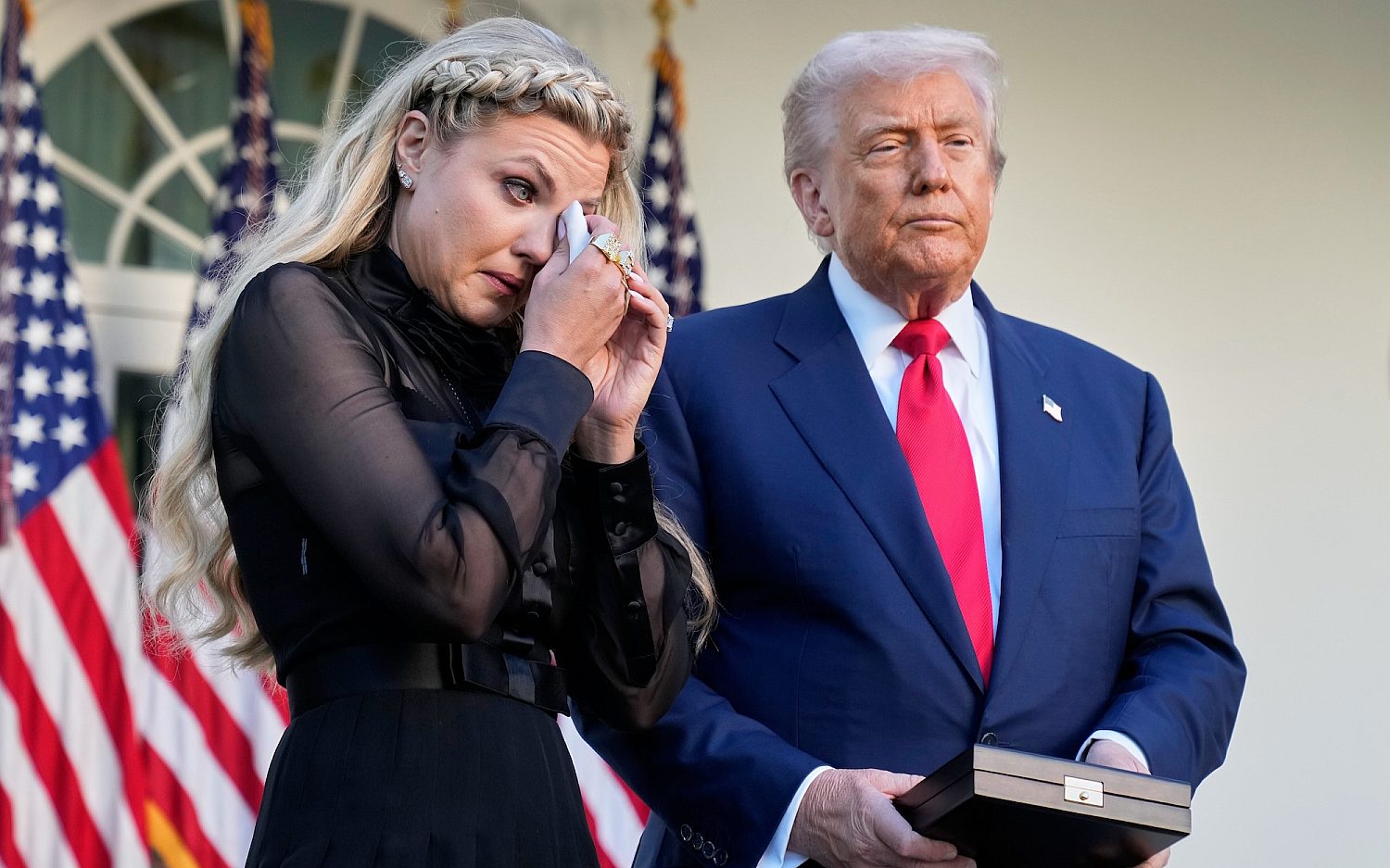Maleficent isn't half bad
This retelling of Sleeping Beauty offers themes of self-sacrifice and redemption, albeit in a dark, overtly feminist plot
While on a trip recently, my eight-year-old daughter noticed a poster for Maleficent, Disney’s latest offering in the tilted fairy-tale genre. Immediately, she sputtered, “How can there be a movie about Maleficent? Isn’t … isn’t she bad?” And as turns out, that’s exactly the question at the center of this retelling of Sleeping Beauty.
In the beginning, it’s clear that young Maleficent (Isobelle Molloy) is not at all malevolent. She flits across the flowering moors, interacting with the fantastic creatures of her world. Even as a child-fairy, she tends the natural world and helps defend her home from the (greedy, envious) humans who live beyond the forest.
One day, though, a boy named Stephen is caught stealing a jewel from the moors. Maleficent intervenes, and convinces Stephen to return the stolen property. In the process, we’re told Stephen manages to steal one thing—her heart—and the two grow closer until, on her 16th birthday, Stephen gives Maleficent a most precious gift: true love’s kiss.
Unfortunately, Stephen is quickly drawn away to other loves—money and power—and he betrays Maleficent, now played as an adult by Angelina Jolie. When war breaks out between the humans and the fairy world (don’t ask), Stephen cuts off Maleficent’s wings to revenge the dying human king … and soon becomes king himself.
If you know anything about Sleeping Beauty, you know what happens next. Stephen marries, a child is born, and during her christening, Maleficent curses the baby: On her 16th birthday, Aurora will prick her finger on a spinning wheel and fall into a deathly sleep. Only true love’s kiss (which Maleficent no longer believes in) can wake her.
Nearly an hour in, the story finally begins to gain some momentum. Maleficent’s relationship to Aurora (Elle Fanning) moves to the forefront, and their tale becomes emotional, tender, even humorous at times. Maleficent’s destiny, it seems, is intimately tied together with Aurora’s, and if you guessed that Maleficent isn’t as black-hearted as she seems, you’re not far off.
The visual darkness, including Maleficent’s black-caped persona and frightening battle scenes, makes this movie not at all suited for younger children. (While the movie received a PG rating for fantasy action and violence, even secular reviewers have noted it pushes the boundaries of that rating.) Much could also be said about the overtly feminist plot as well as environmentalist undertones. Cultural critics might also bemoan another story for kids which makes the Gothic color palate tantalizing, and exchanges darkness for light.
But taken on its own terms, the movie does offer otherwise clean entertainment, along with noteworthy themes of self-sacrifice and redemption. And in today’s bleak movie climate for teens, I’d say that means Maleficent isn’t half bad.
An actual newsletter worth subscribing to instead of just a collection of links. —Adam
Sign up to receive The Sift email newsletter each weekday morning for the latest headlines from WORLD’s breaking news team.





Please wait while we load the latest comments...
Comments
Please register, subscribe, or log in to comment on this article.